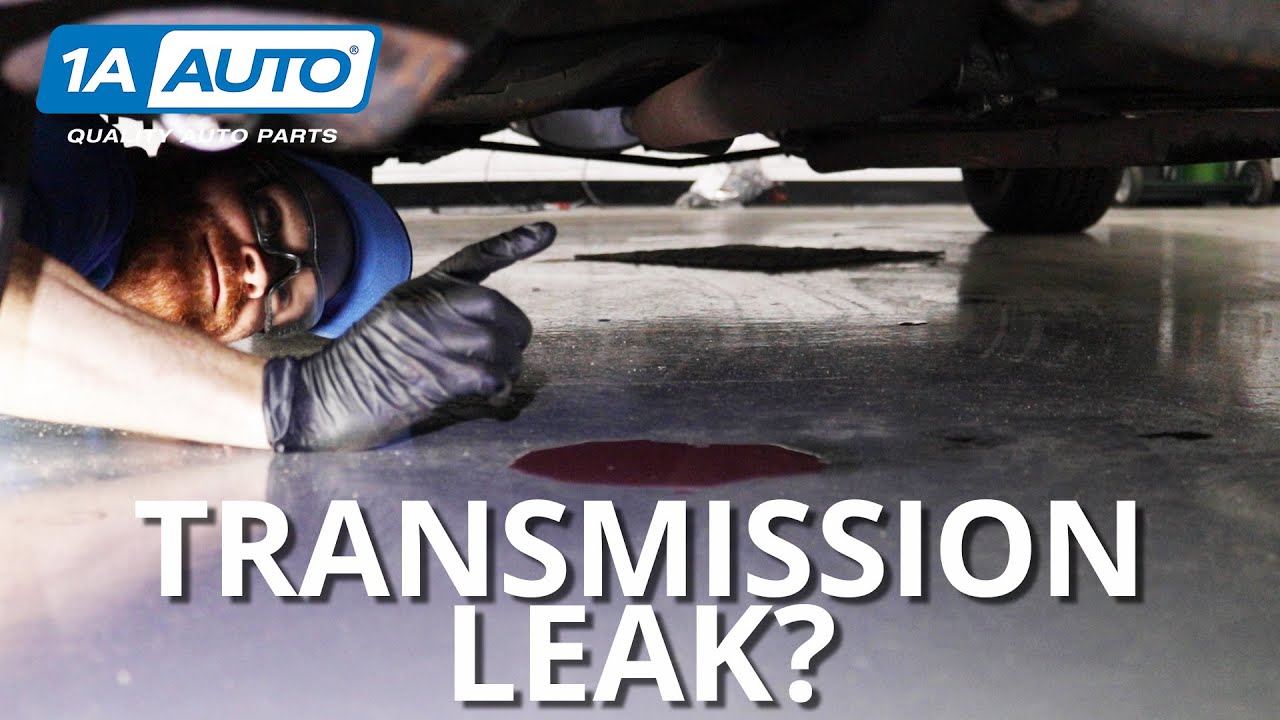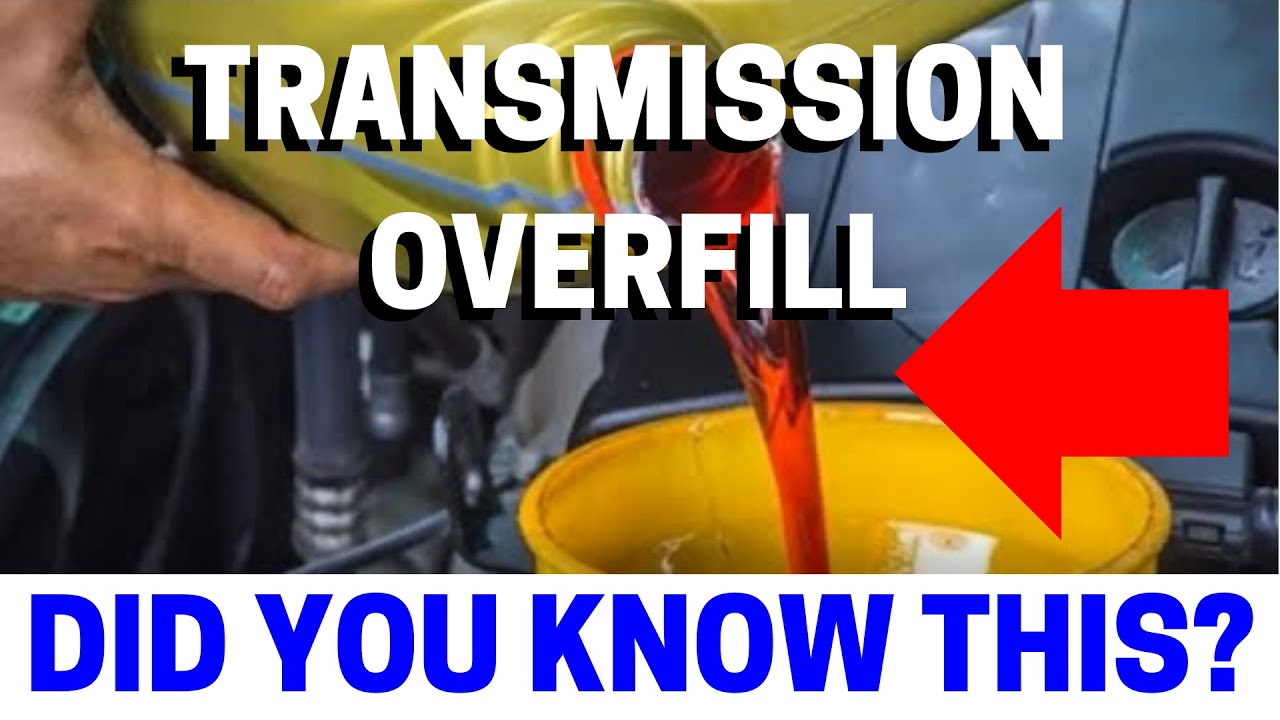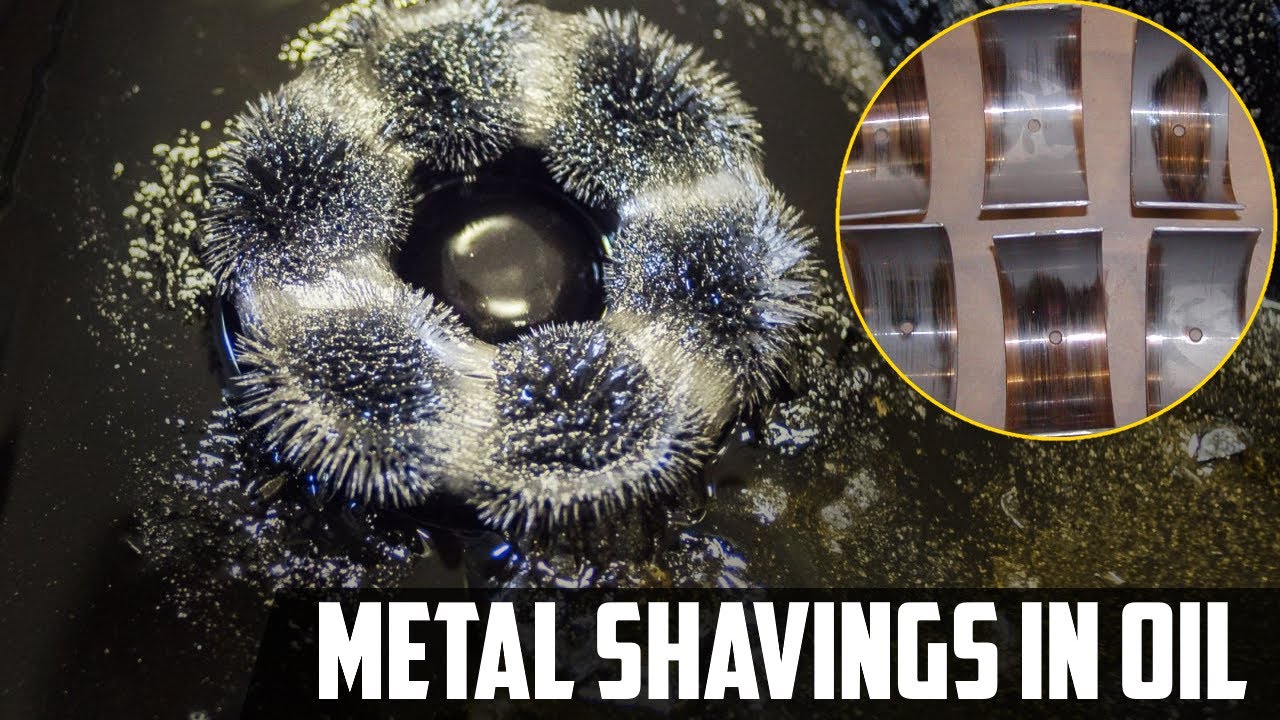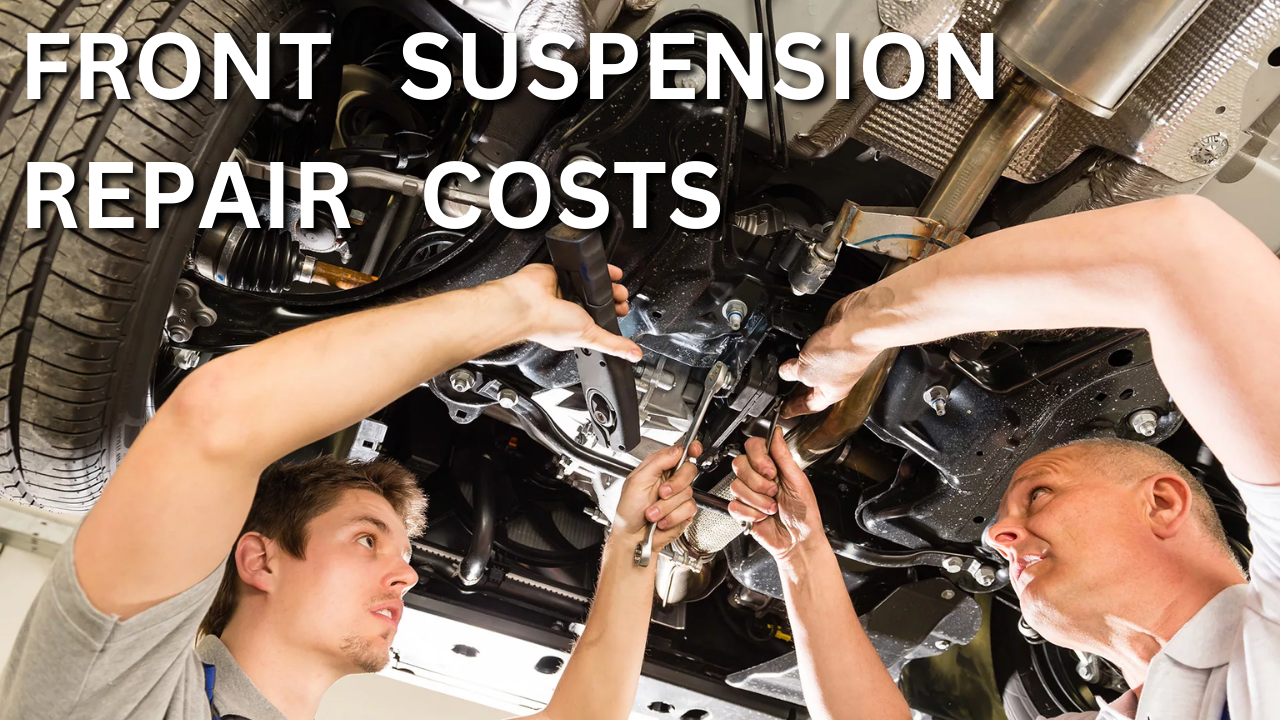Turn the tide on transmission leaks with our expert guide to sealing the gap without draining your wallet. Discover how to diagnose and mend the drips that can drive any car owner crazy and get back to smooth shifting on the road.
The cost to fix a transmission leak can vary depending on the extent of the damage and the specific vehicle. The repair cost for a transmission leak can range from $150 to $1,000. It’s recommended to consult with a qualified mechanic to assess the issue and provide an accurate estimate for your particular situation.
How Much Does it Cost to Fix a Transmission Leak
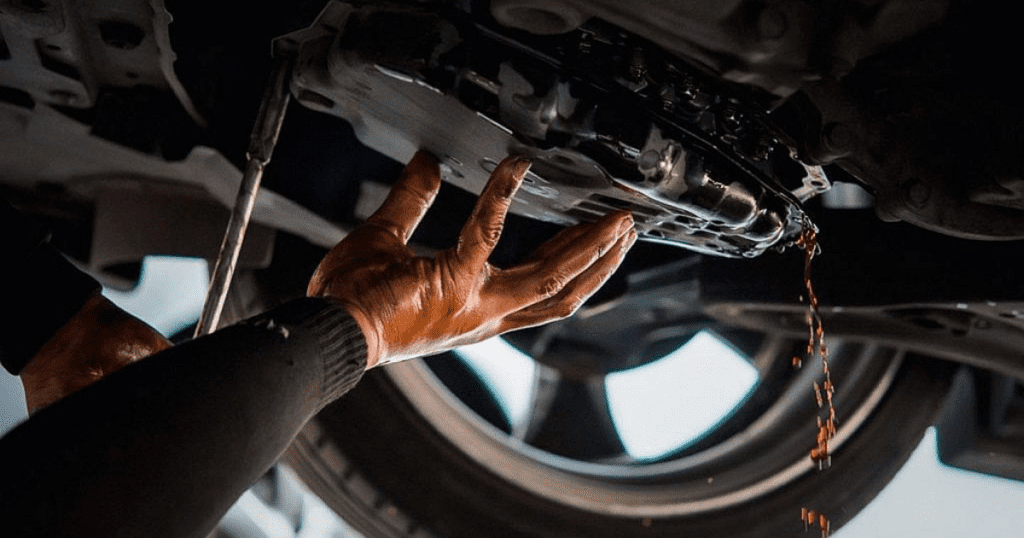
Several variables, such as the extent of the leak, the kind of vehicle, and the area where the repair is being done, affect the cost of fixing a transmission leak. Whether the transmission has to be repaired or completely replaced also affects the price.
The cost could range from $100 to $250 if the leak is modest and can be resolved by changing a gasket or seal. However, the price may rise dramatically if the leak is more severe and calls for expensive repairs or a complete transmission replacement.
Is it Safe to Drive With a Leaking Transmission?
It’s never ideal to go behind the wheel when your car isn’t running smoothly, but sometimes it’s unavoidable. Even if you see transmission fluid dripping from beneath your vehicle, you may be able to keep driving it until you can have it serviced.
Before getting behind the wheel, ensure the transmission fluid is at the proper level. Check the owner’s handbook for instructions if you need help. You may safely drive it if the fluid level is within the specified parameters. Don’t forget to keep an eye on the liquid level.
Remember that the longer you keep driving with a fluid leak, the quicker the fluid might flow out of the car, leaving you vulnerable to even more severe consequences. Transmission and engine damage may be permanent if the transmission can run dry.
Common signs that indicate you have a transmission leak
Transmission leaks can be a severe issue that should be addressed promptly to avoid further damage to your vehicle’s transmission system.
#1 Fluid puddles
It is likely a transmission fluid leak if you notice red or brown fluid puddles forming under your vehicle, particularly near the front or middle section. Transmission fluid is typically red or reddish-brown, and its distinct smell can help differentiate it from other liquids.
#2 Low fluid levels
If you regularly check your transmission fluid levels and notice a significant decrease without any apparent reason, it could be a sign of a leak. Insufficient fluid levels can cause the transmission to overheat and lead to severe damage.
#3 Burning smell
If you detect a burning odor similar to that of overheated oil or a hot engine, it could indicate a transmission fluid leak. When transmission fluid drips onto hot engine components or the exhaust system, it can produce a distinctive smell.
#4 Slipping gears
A transmission leak may result in inadequate fluid pressure within the system, leading to gear slipping. You may experience delayed engagement, rough shifting, or the transmission slipping out of equipment while driving.
#5 Transmission overheating
Insufficient fluid levels caused by a leak can increase friction and heat within the transmission system. If you notice the temperature gauge consistently showing higher than expected readings, it could indicate a transmission leak.
#6 Unusual noises
A leaking transmission may produce various noises. You might hear buzzing, whining, or clunking sounds when shifting gears or while the vehicle is in motion.
#7 Transmission warning light
In modern vehicles, the onboard computer system can detect irregular transmission functions and activate the “check engine” or “transmission” warning light on the dashboard. If this light illuminates, it’s essential to have your vehicle inspected by a professional.
Causes of Transmission Fluid Leaks
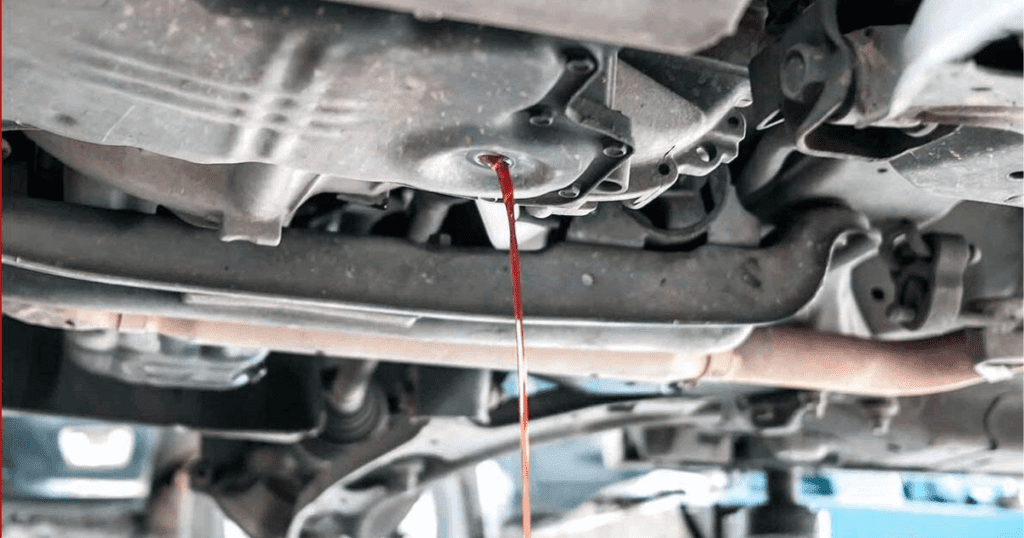
Transmission fluid plays a crucial role in the smooth operation of a vehicle’s transmission system. It lubricates moving parts, helps with heat dissipation, and ensures optimal performance. However, transmission fluid leaks can occur, leading to potential damage and compromised functionality.
1. Damaged Seals and Gaskets
One of the primary causes of transmission fluid leaks is the degradation or damage to seals and gaskets within the transmission system. Over time, these components can wear out, become brittle, or develop cracks, allowing fluid to escape. Seals and gaskets are particularly vulnerable to heat, pressure, and the constant movement of transmission components.
2. Loose or Faulty Transmission Pans
The transmission pan houses the transmission fluid and is secured with a gasket. If the gasket becomes worn out or the bolts holding the pan in place become loose, it can lead to fluid leakage. Driving over rough terrain or encountering debris on the road can also cause damage to the transmission pan, resulting in leaks.
3. Faulty or Damaged Transmission Lines
Transmission fluid is circulated through a network of metal or rubber transmission lines. These lines can sustain damage from corrosion, external impacts, or wear and tear over time. A cracked or disconnected transmission line can cause significant fluid loss, leading to leaks.
4. Worn-out or Damaged Torque Converter
The torque converter is transferred from the engine to the transmission. If the torque converter develops internal leaks or its seal becomes damaged, it can allow transmission fluid to escape. A faulty torque converter can lead to fluid leaks and affect the overall performance of the transmission system.
5. Improper Installation or Maintenance
Transmission fluid leaks can sometimes be traced back to improper installation or maintenance procedures. If the transmission system is not assembled correctly, with seals, gaskets, or pan bolts improperly secured, leaks can occur. Additionally, neglecting routine maintenance, such as fluid changes or inspections, can exacerbate or create new issues.
How can I fix a transmission leak?
Transmission leaks can be a frustrating and potentially costly problem for vehicle owners. Not only do they leave unsightly stains on driveways and parking spaces, but they can also lead to severe damage if left unaddressed. However, with the proper knowledge and some essential tools, many transmission leaks can be fixed without visiting mechanics.

Step 1: Identifying the Leak
The first step in fixing a transmission leak is to identify the source of the problem. Transmission fluid can leak from various areas, such as the transmission pan, gaskets, seals, or comparable excellent wines. Start by inspecting the transmission pan, which is located underneath the vehicle. Look for signs of fluid dripping or pooling around the pan.
Step 2: Gather the Necessary Tools and Materials
You will need a few tools and materials to fix a transmission leak. These may include a socket set, a torque wrench, a new gasket, a sealant (if necessary), a drain pan, and, most importantly, the correct type of transmission fluid recommended by your vehicle’s manufacturer. Make sure to consult your vehicle’s manual for specific requirements.
Step 3: Drain the Transmission Fluid
Before working on the transmission, it’s crucial to drain the old fluid. Place a drain pan underneath the transmission pan and carefully loosen the pan bolts, starting from the corner and working your way around. Once the pan is loose, slowly lower it to allow the fluid to drain. Please dispose of the old fluid properly. It may be hazardous.
Step 4: Replace the Gasket and Seals
Inspect the transmission pan gasket for any signs of damage or wear. If necessary, replace it with a new gasket that matches your vehicle’s specifications. Similarly, inspect the seals and replace any that are worn or leaking. Apply a thin sealant layer to the new gasket to ensure a proper seal.
Step 5: Reinstall the Transmission Pan
Clean the transmission pan thoroughly, removing remnants of old gasket material or debris. Align the pan with the transmission and reinstall it. To ensure even pressure, begin tightening the pan bolts gradually, alternating between corners. Refer to your vehicle’s torque specifications and use a torque wrench to tighten the bolts to the recommended level.
Step 6: Refill the Transmission Fluid
With the transmission pan securely reinstalled, it’s time to refill the transmission with fresh fluid. Consult your vehicle’s manual to determine the amount and type of required liquid. Using a funnel, carefully pour the liquid into the transmission dipstick tube. Check the fluid level using the dipstick, adding more fluid as necessary.
Step 7: Test and Monitor
Start the engine and allow it to idle for a few minutes. Shift through each gear while monitoring the transmission pan and surrounding areas for any signs of leaks. If you notice any leaks or abnormalities, recheck the tightness of the pan bolts and the condition of the gasket and seals.
Conclusion
Addressing a transmission leak promptly is crucial to prevent further damage and costly repairs. Vehicle owners can make informed decisions about the necessary repairs by understanding the factors influencing transmission leak fix costs.
If you suspect a transmission leak in your vehicle, it’s recommended to consult a qualified mechanic who can assess the situation and provide an accurate estimate for the repair cost. Remember, investing in timely repairs can save you from more significant expenses and ensure the longevity of your vehicle’s transmission system.
